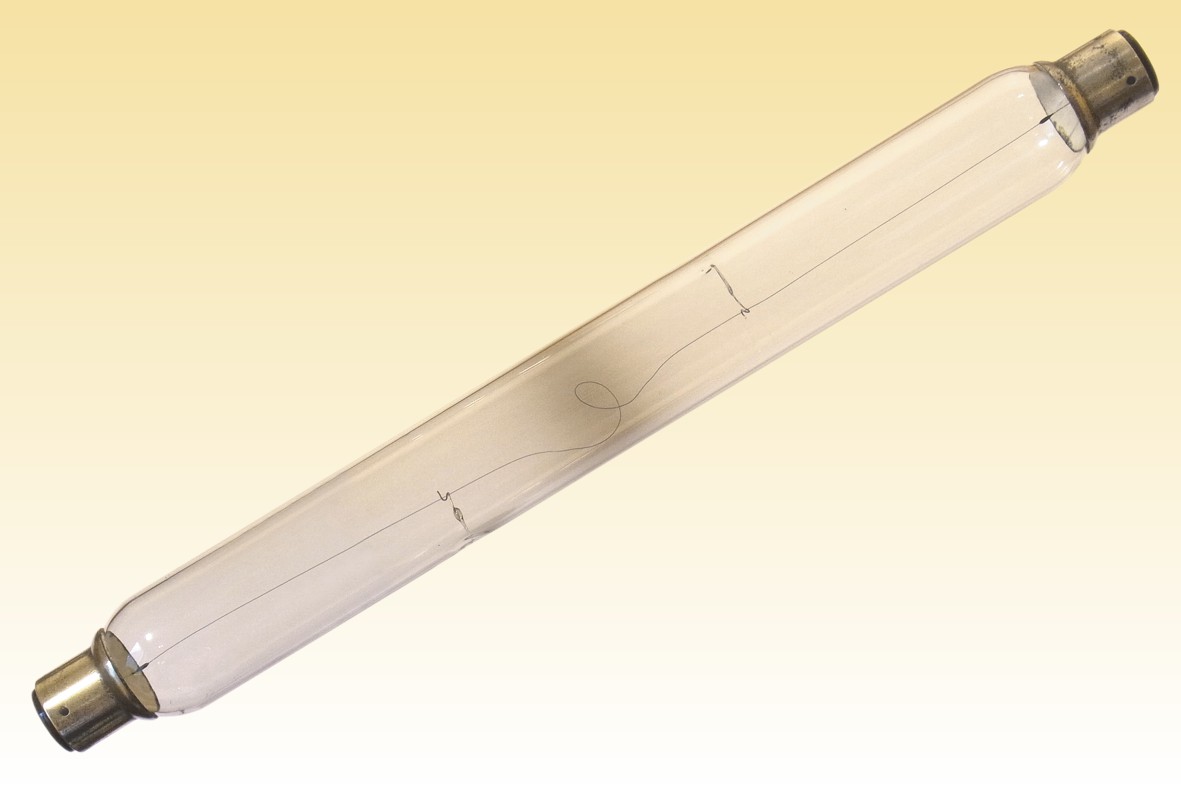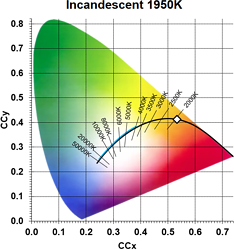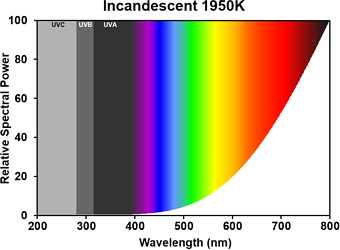
|
Tubolite / Linolite Linear Carbon Filament |

The concept quickly grew in popularity in Britain, and is some continental lands, particularly France and Germany. In 1907 Beuttell founded the Linolite Company of New York, whose products were manufactured by the Johns-Manville company and later taken over by Westinghouse.
The lamps were produced in England by the Edison & Swan company under their trade name "Tubolite". The filament is of carbon and is maintained in an axial position by a pair of metal support wires fused into the bulb side. The filament also features a small loop to absorb thermal expansion and prevent bowing when lighted - but bringing a drawback of increased brightness at the middle of the lamp. The ends of the bulb are pinch-sealed around platinum leadwires, and adjacent to one seal is an exhaust tip, hidden under the metal cap. The British lamps are considerably safer than the European pattern, thanks to the electrical contact being made to a small insulated disc at each end. With continental versions the entire cap shell is live. The Tubolite lamps were made until around 1910 when they were replaced by the tungsten filament Beautalite.




| Manufacturer: | Ediswan | |
| Lamp Power: | Approx 60 Watts | |
| Lamp Voltage: | 115 Volts | |
| Lamp Current: | 0.52 Amperes | |
| Cap Type: | S15s | Nickel plated brass + vitrite |
| Bulb Type: | T-22 | T-7 in eighths/inch |
| Bulb Finish: | Clear | Soda-lime glass |
| Filament Type: | Squirted Carbon | |
| Atmosphere: | Vacuum | |
| Luminous Flux: | 151 lm | 16 Candle Power |
| Luminous Efficacy: | 2.4 lm/W | |
| Beam Intensity: | N/A | |
| Beam Distribution: | N/A | |
| Colour Temperature & CRI: | CCT: 1950K | CRI: Ra 100 |
| Chromaticity Co-ordinates: | CCx: 0.530 | CCy: 0.408 |
| Rated Lifetime: | Approx. 800h | |
| Burning Position: | Horizontal | |
| Overall Length: | 222 mm | 83/4 inches |
| Lighted Length: | 178 mm | 7 inches |
| Factory: | Ponders End | England |
| Date of Manufacture: | c.1901-1910 | |
| Original Value: | Unknown | |

